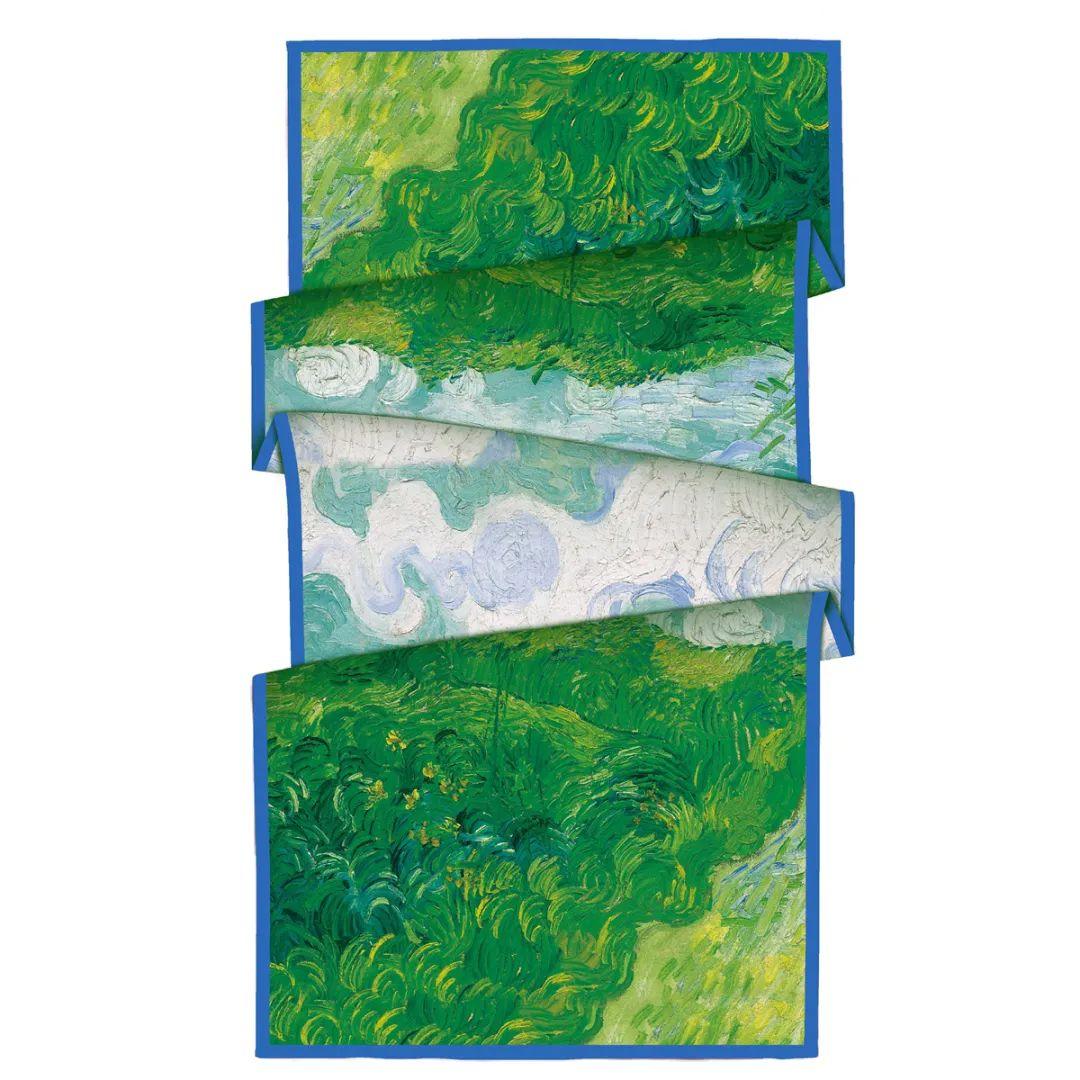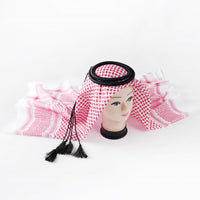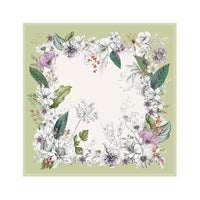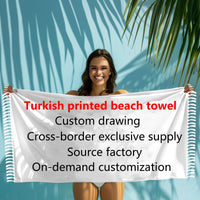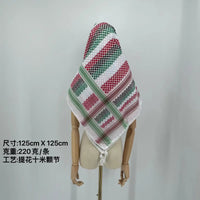What Does the Keffiyeh Represent?
The keffiyeh, also known as a kufiya, shemagh, or hattah, is more than just a square-shaped cotton scarf. It is a powerful symbol with deep roots in Middle Eastern history and culture, particularly within Palestinian society. This article delves into the rich history and multifaceted symbolism of the keffiyeh, exploring what it represents and why it remains a potent emblem of identity and resistance.
The Historical Origins of the Keffiyeh
The keffiyeh's history dates back to Mesopotamia in 3100 BC, where it was worn by the Babylonians and Sumerians. The term "keffiyeh" originates from the city of Kufa in Iraq, and it has been an essential garment for Bedouins and fellahin (rural farmers) in the desert, protecting them from the harsh sun and sandstorms.

Evolution Through the Ages
- Mesopotamian Roots: Initially worn by ancient civilizations for practical purposes.
- Ottoman Influence: During the Ottoman Empire, urban elites wore the fez, while rural populations favored the keffiyeh.
- 20th Century: The keffiyeh became a symbol of Palestinian identity and resistance during the Arab Revolt (1936-1939) against the British mandate.
The Keffiyeh as a Symbol of Palestinian Identity
The keffiyeh gained prominence as a symbol of Palestinian nationalism and resistance. During the Arab Revolt, rebels wore the keffiyeh to conceal their identities, and its use spread among the population as a form of solidarity. The black-and-white checkered pattern became particularly associated with the Palestinian cause.
Yasser Arafat and the Global Recognition
Yasser Arafat, the leader of the Palestine Liberation Organization (PLO), popularized the keffiyeh on the global stage. His distinctive way of wearing the keffiyeh, draped over one shoulder in a triangular fashion, became synonymous with Palestinian resistance and identity.

The Symbolism of Keffiyeh Patterns
The keffiyeh's design is rich with symbolic meaning, particularly within Palestinian culture. The patterns on the keffiyeh are not merely decorative but carry significant cultural and historical connotations.
Key Patterns and Their Meanings
- Fishnet Pattern: Represents the connection between Palestinian fishermen and the sea. It symbolizes abundance, grace, and freedom, especially poignant for Palestinians in the West Bank who have limited access to the sea.
- Bold Lines: These lines represent the trade routes that historically made Palestine a hub of cultural and economic exchange.
- Wavy Patterns: Often interpreted as olive leaves, these patterns symbolize resilience, strength, and the deep-rooted attachment of Palestinians to their land and olive trees.
The Keffiyeh in Modern Context
In contemporary times, the keffiyeh continues to be a powerful symbol of Palestinian identity and solidarity. It has been adopted by various groups worldwide as a symbol of resistance against oppression and support for the Palestinian cause.
Cultural Appropriation and Commercialization
The keffiyeh's rise in global popularity has also led to issues of cultural appropriation. Fashion brands have used the keffiyeh pattern in their designs, often without acknowledging its cultural significance. This commercialization has sparked debates about the ethical implications of using such a potent symbol as a fashion accessory.
- Examples of Appropriation: Brands like Topshop and Urban Outfitters have faced backlash for using keffiyeh patterns in their products without proper context or respect for its cultural significance.

Supporting Palestinian Artisans
The Hirbawi Textile Factory in Hebron is the only remaining manufacturer of authentic Palestinian keffiyehs. Supporting such businesses helps preserve the cultural heritage and provides economic support to Palestinian communities.
Conclusion
The keffiyeh is far more than a simple piece of cloth. It is a symbol of Palestinian identity, resilience, and resistance with a rich history that spans millennia. Understanding what the keffiyeh represents allows us to appreciate its significance and respect its cultural heritage. As we wear or encounter the keffiyeh, let us remember its roots and stand in solidarity with the Palestinian people.
Call to Action
To support Palestinian artisans and ensure the authenticity of your keffiyeh, consider purchasing from reputable sources like the Hirbawi Textile Factory. Share this article to spread awareness about the keffiyeh's significance and encourage others to respect its cultural heritage.
